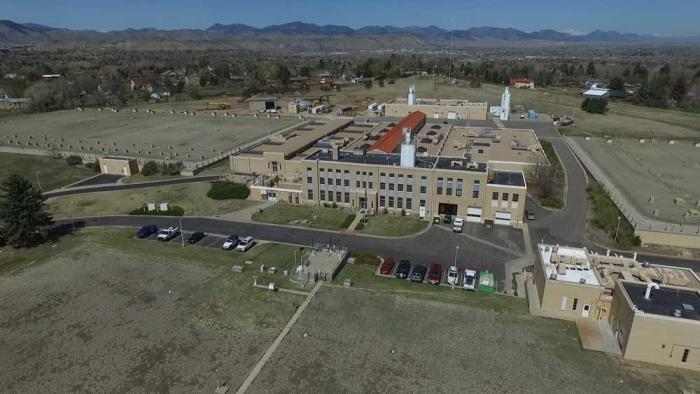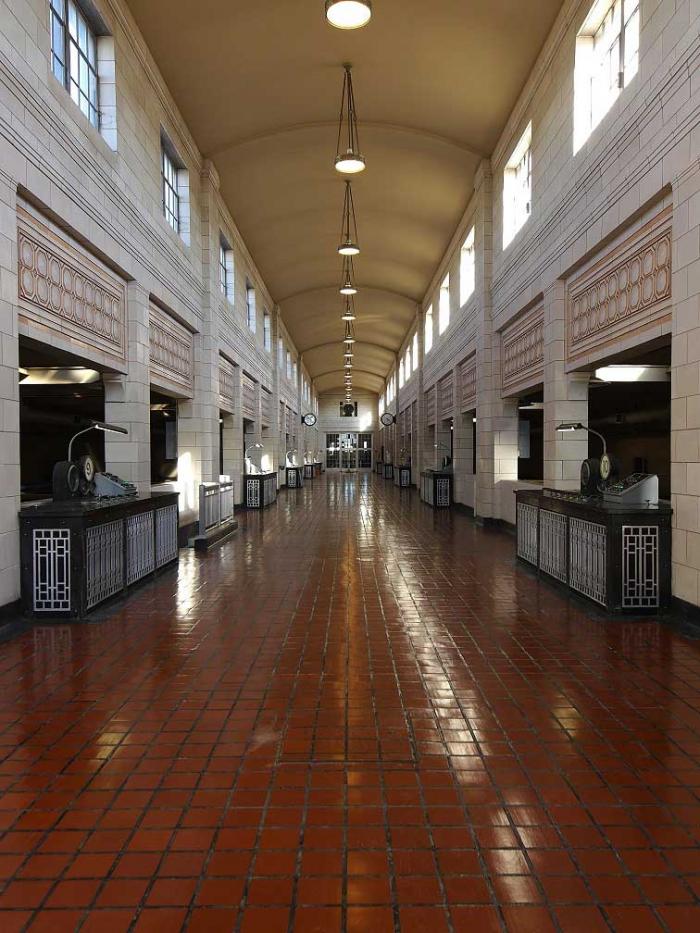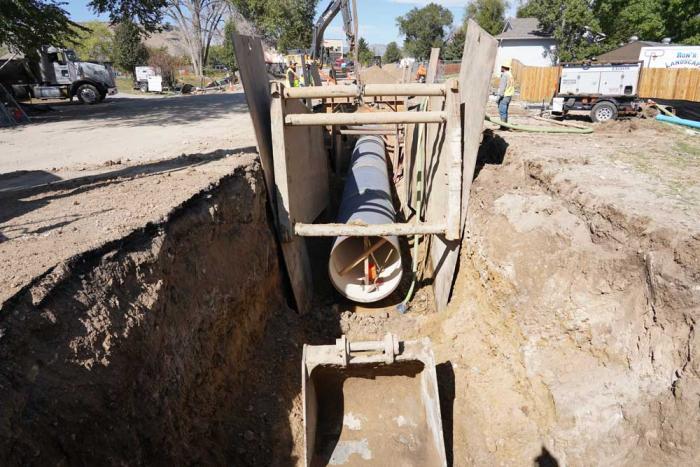Teaching an old plant some new tricks
The older we get, the more many of us can become set in our ways. We’ve been there, done that, got the T-shirt, so to speak.
Doing something new may not always sound particularly appealing.
And when you’ve become something of legend during your time, change can be even harder.
The legend in this case is more of a landmark — Denver Water’s Moffat Treatment Plant.
Built in 1937, Moffat is one of three Denver Water plants that provide 1.5 million people across the Denver metro area with clean drinking water every day.
It has operated relatively quietly, often going unnoticed in a mainly residential Lakewood area for more than 80 years. However, those who have toured the facility will tell you that first place you see when you walk in is a one-of-a-kind architectural marvel.
But as the Moffat plant aged and the metro area continued to grow, Denver Water decided to build a new treatment plant, the Northwater Treatment Plant, near Ralston Reservoir.
And the end seemed near for Moffat.
But as the band Semisonic so eloquently sang in their song "Closing Time:" “Every new beginning
comes from some other beginning's end.”
“Once we determined we would build Northwater rather than trying to renovate Moffat, the challenge became what to do with the Moffat plant,” said Pete McCormick, project manager for the North System Renewal Project, which includes the Northwater Treatment Plant.
“We think the decision we came to will not only help us operate more efficiently, but it will also save our ratepayers’ money.”
After the Northwater plant opens in 2024, Moffat Treatment Plant will continue to operate at a reduced capacity until all North System Renewal projects have been completed — including the Gross Reservoir Expansion Project. Moffat also will continue to store treated drinking water, just like it does now. But much of that stored water will be treated at the Northwater plant, then piped down to Moffat.
Moffat also will continue to store treated drinking water, just like it does now. But much of that stored water will be treated at the Northwater plant, then piped down to Moffat.
Simply put, Moffat won’t treat much water on-site once the new Northwater plant opens, but the old plant will remain an integral part of Denver Water’s system.
“By keeping Moffat online at a reduced rate and only building Northwater to the size we need now, with the ability to expand in the future, we’ll save between $60 million and $80 million compared to what it would have cost to just replace Moffat,” said Tom Roode, chief operations and maintenance officer at Denver Water.
“This option provides us with the flexibility to increase capacity at the new facility when it’s needed, instead of paying for additional space that isn’t necessary now.”
Denver Water is currently readying Moffat for its new duties.
A lot of construction will be starting at the normally quiet plant in the coming months, including:
- Extending Conduit 16 through the Moffat site. This is the large, underground pipe that will bring clean drinking water from the Northwater Treatment Plant to existing underground storage tanks at Moffat. The water will be stored at Moffat until it’s released into our distribution system when our customers need it.
- Adding a carbon dioxide system to Moffat’s existing headworks building. This will allow plant operators to adjust the pH levels of the water coming from the new Northwater plant before it is sent on to homes and businesses. Adjusting pH levels in the water is a key part of Denver Water’s Lead Reduction Program.
- Repurposing existing pretreatment basins to allow for efficient pipe routing and storage of water used for cleaning and draining Conduit 16.
In keeping with our good neighbor commitment, Denver Water is communicating with residents in the neighborhood about construction work, expected impacts and hours crews will be working. Crews also will make every effort to contain dirt and dust associated with the project on the Moffat site.
When the work is done, hopefully by January 2024, the Moffat plant and surrounding area shouldn’t look much different from how the site has looked for decades.
More information is available on the interactive project page at bit.ly/DenWaterNSR-EastPhase. You can also sign up to receive project updates by emailing NorthSystemRenewal@denverwater.org.
In the meantime, we ask that you give us some patience.
Sometimes it takes a while to teach an old plant some new tricks.




